Divisive Movies That Split Critics and Audiences in the 1990s

The 1990s were a transformative decade for cinema, seeing massive changes in both the business and art of filmmaking. It was the decade when independent films broke through to wider audiences, niche genres like horror had surprise mainstream hits, and the internet began connecting fans and critics like never before.
With so much flux and upheaval, it's no surprise that many films released in the 1990s sparked massive debates and sharply divided critics and audiences. Movies that tackled provocative themes, used unconventional storytelling, or challenged genre conventions often elicited strong and mixed reactions.
What Makes a Movie Polarising?
There are a few key factors that can make a film polarising:
- Controversial subject matter - Movies that tackle hot-button political or social issues in a provocative way, like race relations in Crash or pornography in The People vs. Larry Flynt.
- Graphic content - Extreme violence, sexuality, or other visceral content, like in Natural Born Killers or Kids. This kind of graphic material is often divisive.
- Subversive themes/storytelling - Films that subvert genre tropes or have morally ambiguous messaging, like Watchmen deconstructing superhero conventions. Unconventional plots or confusing conclusions can also polarise.
- Poor critical reception - Sometimes a film simply fails to work for critics but resonates strongly with general audiences, like Forrest Gump.
No matter the reason, polarising films produce strong reactions across the spectrum, from adoration to disgust.
Were 1990s Films More Polarizing?
There are a few key trends in 90s cinema that likely contributed to more polarized reactions:
1. The Growth of Horror Films
The surprise smash hit Silence of the Lambs in 1991 paved the way for edgier, more graphic horror fare aimed at adult audiences, like Se7en and The Blair Witch Project - the latter being one of the most polarizing horror phenomena of the decade.
2. More Graphic Content
The 90s saw rapid growth in films earning an NC-17 rating for violence and sexuality. Movies like Showgirls, Kids, and Henry & June pushed boundaries that split critics and general moviegoers.
3. Mainstream Success of Independent Cinema
Gritty, unconventional indie films like Reservoir Dogs, The Sixth Sense, and Eyes Wide Shut found breakout success with wider audiences. Their challenging themes and filmmaking style resonated strongly with some but alienated others.
On the flip side, some trends led to less polarization:
1. The Standardization of Franchise Filmmaking
While sequels and franchise installments have their critics, they usually have an established fanbase. Exceptions like The Godfather: Part III prove the rule.
2. The Internet
The rise of the web brought far more voices into the critical conversation, perhaps widened the spectrum of opinions. But it also gave fans places to congregate, reaffirming their passion. For less popular, polarizing fare, small but devoted online fan communities could sustain interest.

Notable Divisive Films of the 1990s
Here is a deeper look at some of Rewind Zones picks for the most seminal, polarising movies from this pivotal cinematic decade:
Natural Born Killers (1994)
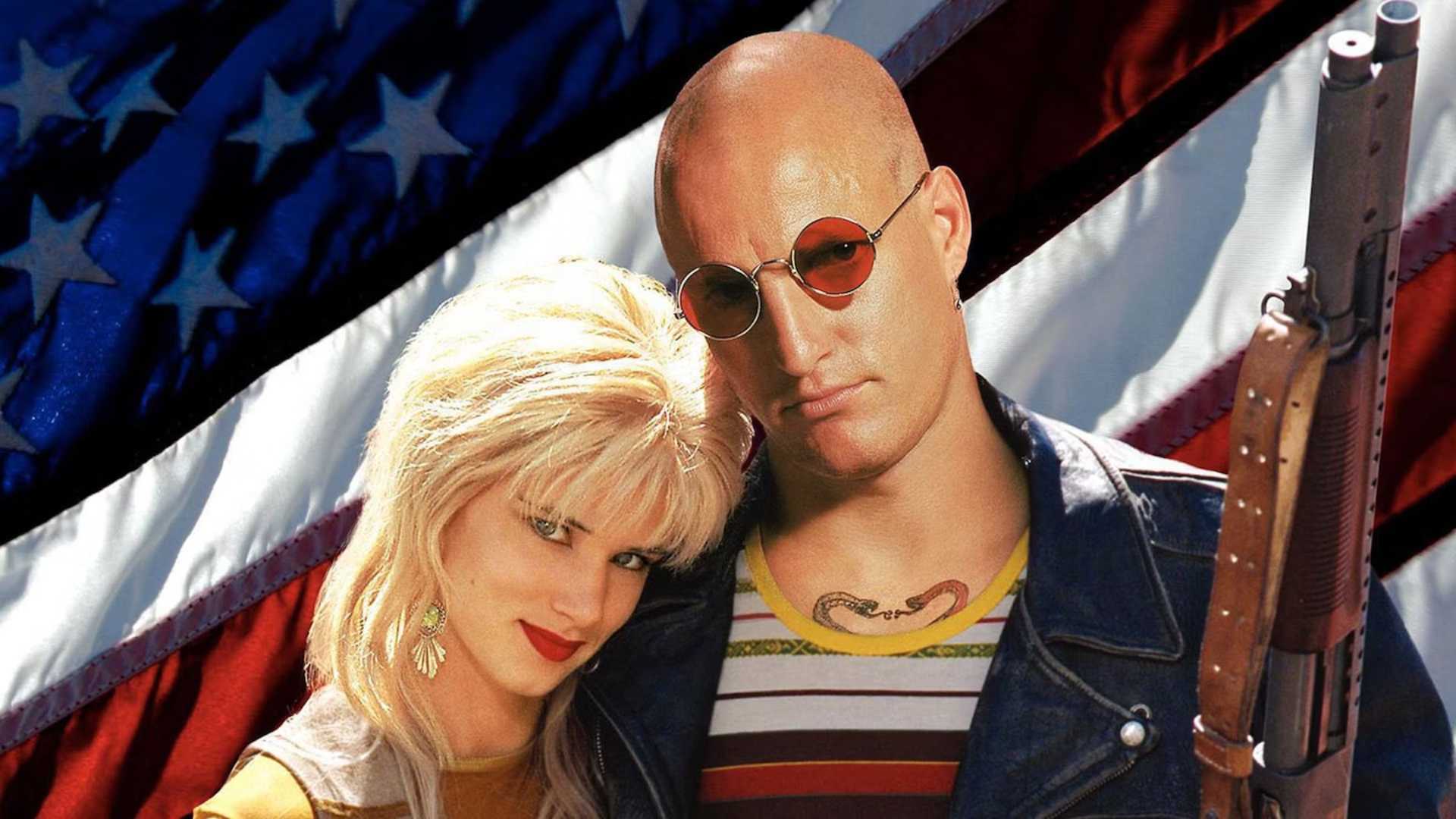
Oliver Stone's satirical blend of comedy and brutality still splits opinion: brilliant social commentary on media violence, or problematic spectacle wallowing in lurid killings itself? Its duality ensures passionate reactions.
Natural Born Killers simultaneously serves as a prophetic mirror on American media obsessions - and as a prime example of the kind of puerile, gratuitous glorification it falsely attempts to lambast. That juxtaposition ensures it stokes intense reactions, positive and negative, over a quarter-century later. This film will forever be polarising.
Punching Buttons: Films Taking on Taboos
Henry & June (1990)
Philip Kaufman’s erotic biopic drama focused on the affair between writer Henry Miller and Anais Nin. Critics sparred on whether its vivid and lengthy depictions of sexuality explored artistic boundaries in brave fashion for the era or simply amounted to pretentious softcore titillation piggybacking on literary credentials. Audiences were also divided on explicit erotic content balanced against Miller's legendary literary status.


Henry and June / Crash
Crash (1996)
Cronenberg had always been a polarising auteur, unafraid to push boundaries. While applauded by some as audacious, Crash also faced intense criticism for wallowing in taboo perversion in shallow fashion, hiding behind spectacle shock value. Detached portrayals with ambiguous motivations left many frustrated. Supporters found resonance in that ambiguity about the illogical psychology driving self-destruction and morbid obsessions.
Kids (1995)
Larry Clark’s first film felt like a lightning rod for society’s anxieties around wayward teens in the mid-90s. While lauded as a shocking cautionary window for some, just as many critics condemned its non-judgemental gaze as bordering on child pornography exploitation, given the cast of young actors and frank sexuality. Moral panic around the AIDS crisis and underage sexuality in urban environments stirred intense debate around Kids’ responsibility or recklessness.


The Kids / The People vs Larry Flynt
The People vs. Larry Flynt (1996)
Milos Forman’s biopic refused to pass judgement on the subversive Hustler publisher. And like the magazine itself, reactions focused on the line separating free speech activism from pornographic obscenity. Society had long been polarised by Flynt’s history of outraging mainstream sensibilities while also fighting legal battles upholding 1st Amendment principles. The film reflected those divisions. Critics recognised Forman’s even hand but diverged on whether Flynt deserved an unvarnished celebration.
Showgirls (1995)
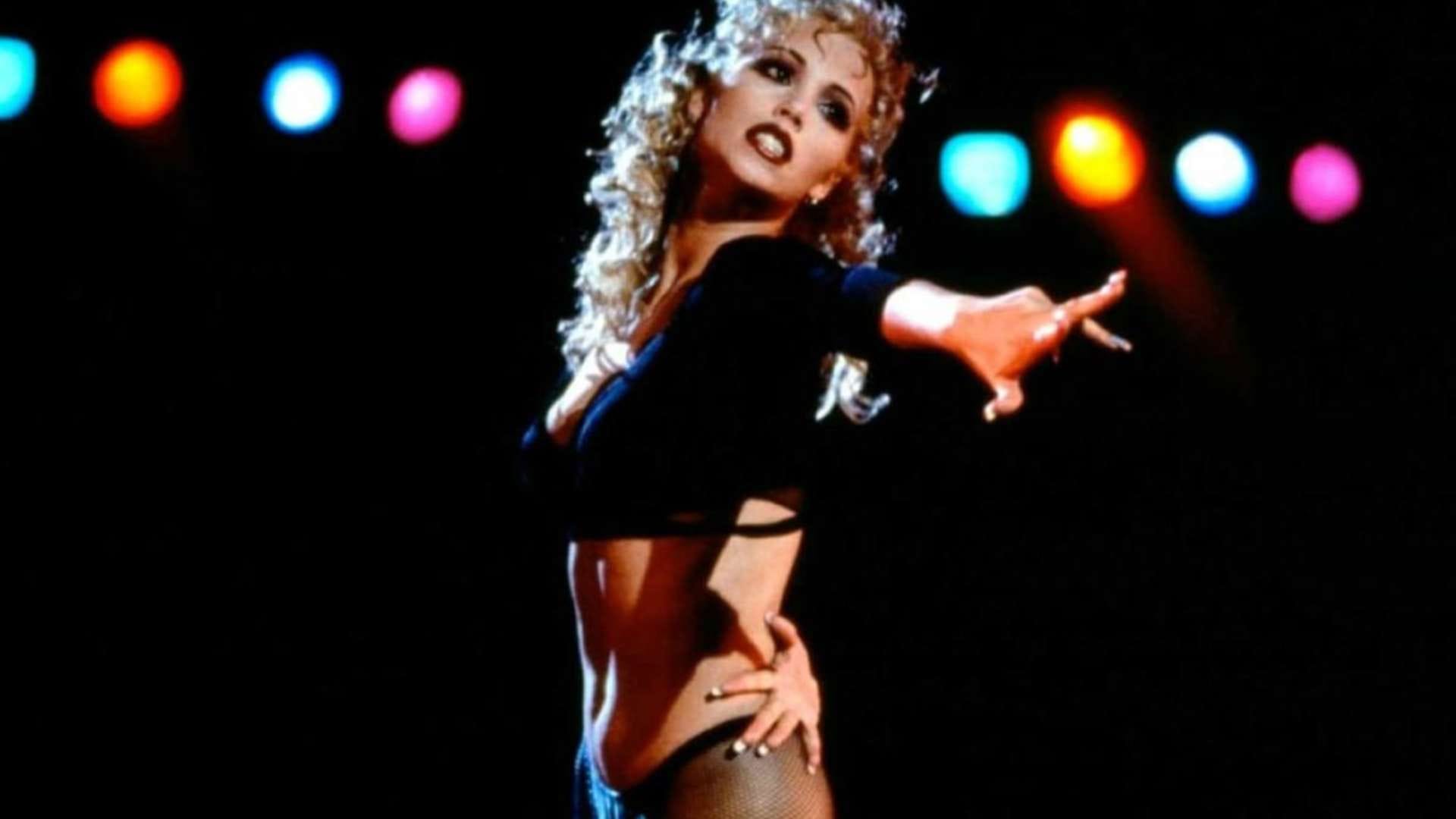
After his provocative critical hits Basic Instinct and Robocop, Paul Verhoeven’s NC-17 film about a Vegas show dancer’s dark descent into strip club prostitution sets out to consciously push boundaries with graphic nudity and sexuality. Playing like high-camp melodrama, its over-the-top sensationalism was unsurprising and won the Worst Picture at the Razzies, even while earning a fervent cult following praising that audacity. No middle ground existed. Outrage and mockery mingled with supporters’ glee at the guilelessness.
The Idiots (1998)
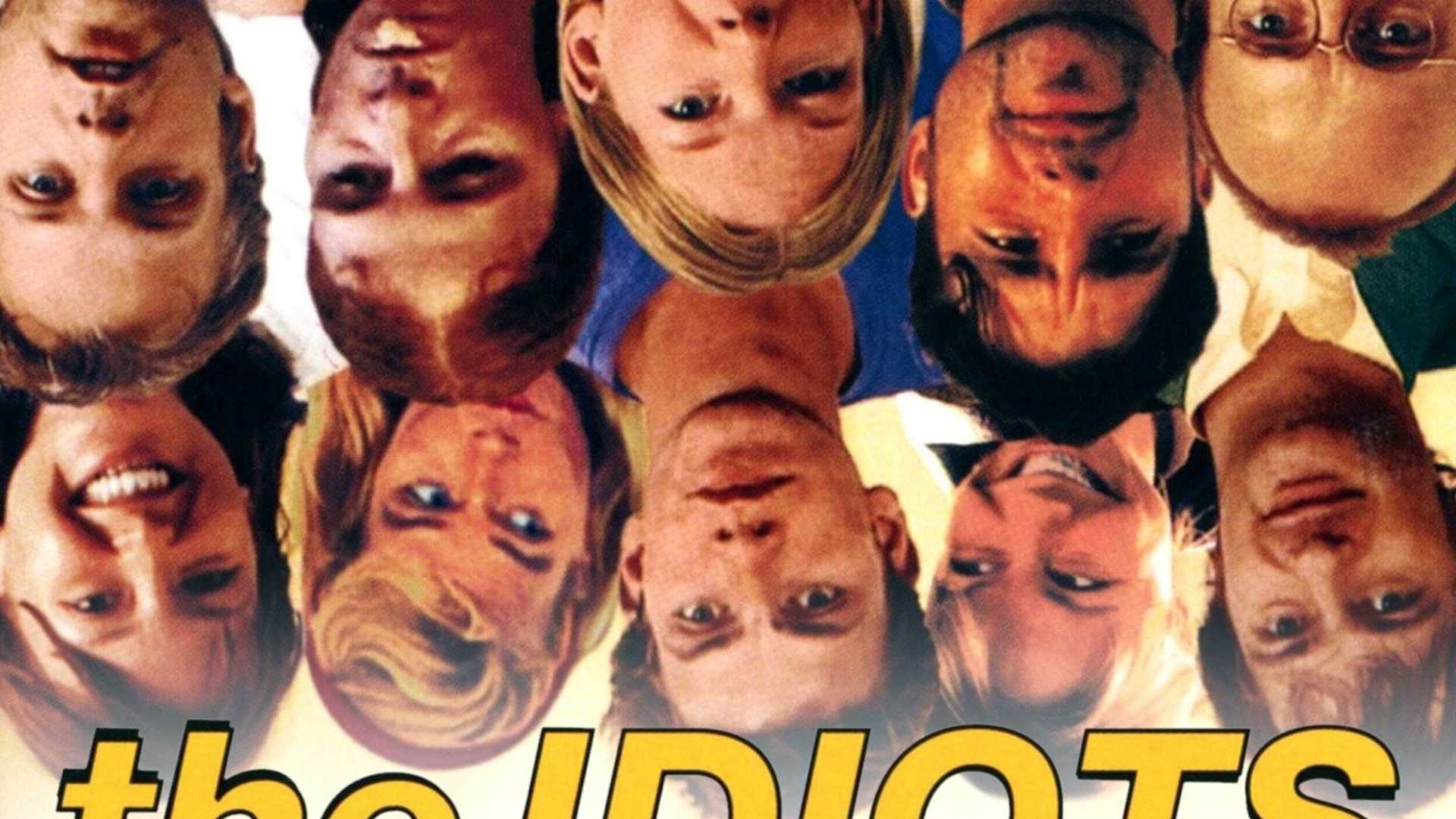
Von Trier's provocative premise of privileged actors playing mentally disabled people continues to provoke praise as avant-garde exploration, or dismissal as pretentious gimmickry. Its obtuse, challenging form, pits art film enthusiasts against those expecting accessibility.
Basic Instinct (1992)
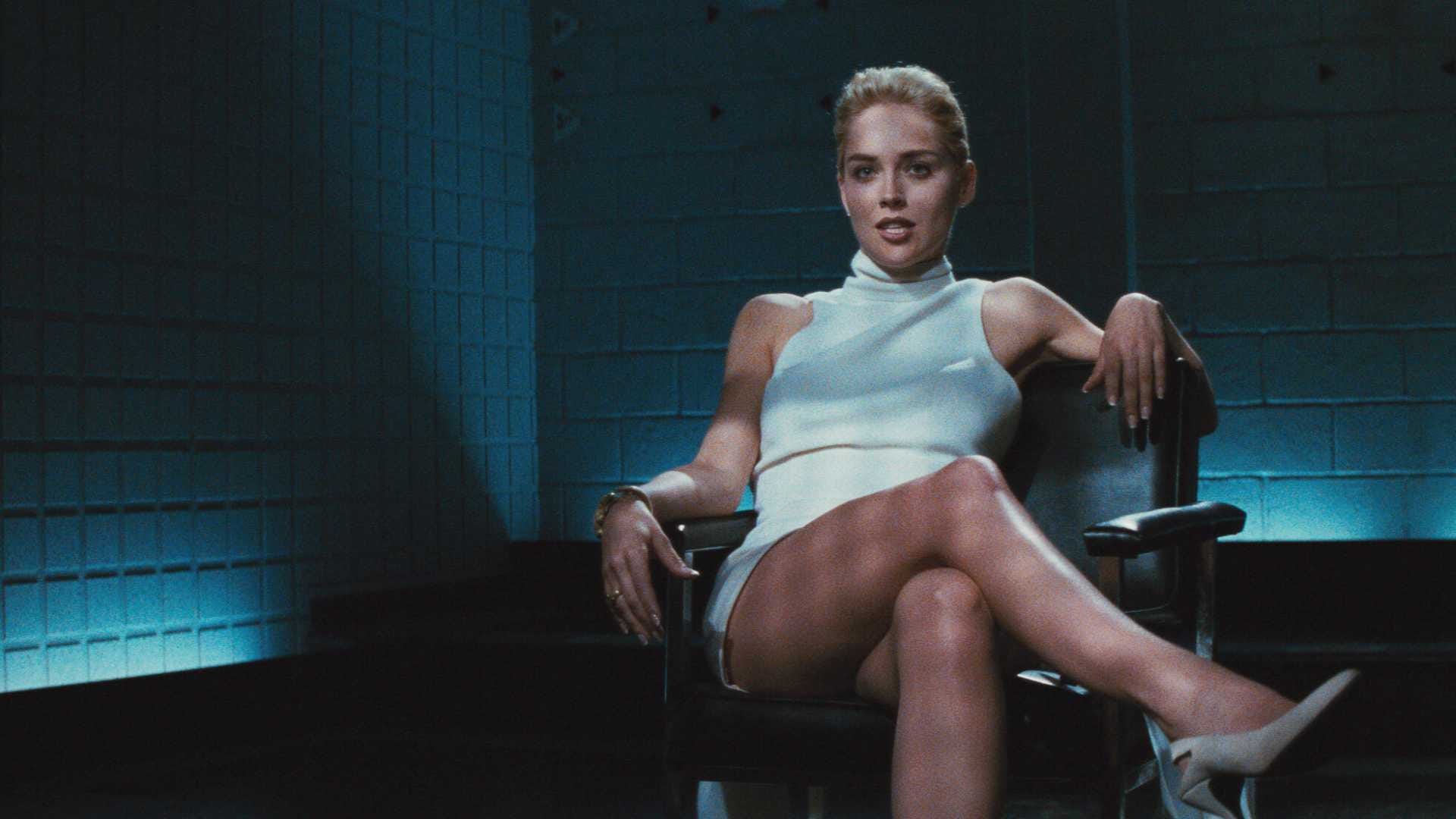
This erotic thriller, with Sharon Stone's shocking performance, still divides people. Some see it as edgy and empowering, elevating a bold female perspective. Others see it as lurid, misogynistic male objectification at its core. Debates around feminist interpretations versus regressive gender roles keep Basic Instinct provoking strong reactions over 30 years later.
Visual Provocation: Stylized Controversy
Fear and Loathing in Las Vegas (1998)
Terry Gilliam seemed like the perfect choice to adapt Hunter S. Thompson’s seminal counterculture novel. But despite standout visual flair and Johnny Depp’s chameleonic lead performance, many found the relentless hedonistic chaos exhausting rather than profound after the first frenetic hour. The line between capturing the book’s razor’s-edge hallucinatory genius versus simply making an overblown spectacle continued to divide fans and critics.


Fear and Loathing in Las Vegas / Eyes Wide Shit
Eyes Wide Shut (1999)
No stranger to controversial sexual themes, Kubrick’s final film focused on jealousy and desire but lacked the tight plotting the director was known for. Those expecting clarity were polarized by its dreamlike ambiguity. Supporters praised the trancelike atmosphere as purposefully unresolved, perfectly encapsulating obsessive longing. But detractors argued it demonstrated only hollow pretentiousness, masking languid pacing and a lack of narrative direction under a “genius” reputation.
Storytelling Complexity & Ambiguity
The Matrix (1999)

While the pioneering visual effects impressed nearly all viewers, the heady philosophical, existential, and religious symbolism woven through the plot and dialogue alienated critics and casual audiences who felt it was overwrought. But devotees were enraptured by the stylistic action married with cosmic questions on the nature of reality.
The Sixth Sense (1999)

M. Night Shyamalan’s smash hit ghost thriller elicited intense debate around its climactic twist ending. To supporters, this narrative sleight of hand was clever, earning the film “must rewatch” status to catch foreshadowing. But detractors felt manipulated, and the twist covered flaws in logic and character development.
The Blair Witch Project (1999)
As a pioneering found footage horror, some critics and audiences praised its lo-fi intimacy for ratcheting tension. But an equal number found its wobbly camerawork nausea-inducing and the improvised performances tedious rather than authentic. Audiences were split on whether it was inventive DIY genius or just amateurish gimmickry.


The Blair Witch Project / The Godfather Part III
The Godfather: Part III (1990)
As the finale to Francis Ford Coppola’s sprawling epic crime saga, Part III continues to have a mixed reception decades later. To fans, it provided emotional closure on Michael Corleone’s tragedy in a Shakespearean fashion. But to critics, it was an unworthy successor piggybacking on past greatness, indulging mobster nostalgia rather than offering fresh purpose.
"The Godfather, Part III does not go to the mattresses, it goes to the boardroom, and mainstream viewers after being served up several early scene courses of the Byzantine world of international commerce will yearn for more old-Corleone action" - The Hollywood Reporter
Meet Joe Black (1998)
Starring Brad Pitt as the concept of Death personified, the film followed a wealthy man negotiating his eventual demise. Some critics praised the romantic fantasy premise, as well as Pitt's curious yet muted screen presence as an abyss gazing back. Others dismissed it as dull, overly sentimental, and lacking dramatic tension over the 2+ hour runtime. At its core, it is a divisive, introspective work on the subject of death itself - one that clearly elicited polarised reactions on its merits.


Meet Joe Black / Forrest Gump
Forrest Gump (1994)
Robert Zemeckis’ fable-like approach to major 20th century events through the eyes of Tom Hank’s slow-witted but kind-hearted Southern everyman continues to divide audiences. It won Best Picture, and Hank’s charming performance enchanted many critics and audiences. But just as many found its boomer-era nostalgia to propagate conservative “bootstraps” myths that gloss over the struggles of marginalised groups who were not so fortunate to be living through such tumultuous times.
From button-pushing provocation to narrative complexity, these 1990s films forced audiences to take hard stances in response. Their groundbreaking influence continues to ripple through cinema today.
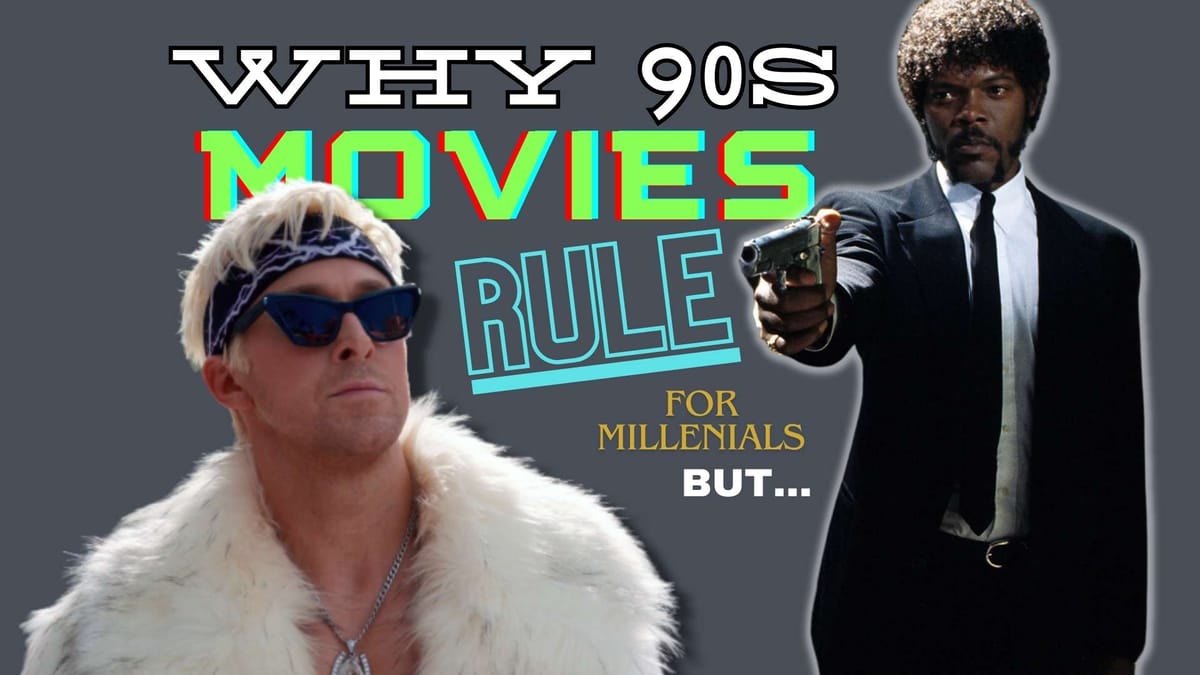
But Do These 1990s Lightning Rods Still Provoke Today?
Even decades later, most of these 1990s cinematic hot potatoes still elicit polarisation amongst critics and audiences. While some have seen their controversies cool down slightly with the passage of time, just as many, if not more, feel just as potent at pushing buttons.
Still Sparking Debates:
Films like Crash, Kids, Showgirls and Fear and Loathing in Las Vegas remain cultural markers for provocation. Defenders standby their transgressive brilliance while detractors still heap on accusations of pretentious artsploitation masking shallow perversion and ugliness.
Meanwhile, The Matrix's influence has only expanded exponentially across genres, ensuring everything from its iconic visuals to “red pill” metaphors for reality have saturated culture and debate. Eyes Wide Shut continues to beguile and frustrate viewers in equal measure with it's opaque dreams. It must be said that in recent years the film has seen more positive reviews.
Fueling Nostalgia Instead:
Time has seen some former powder kegs get re-appraised more as emblematic time capsules of 1990s experimental cinema than morally corrupting forces. Henry & June, The People vs Larry Flynt and even Basic Instinct feel more like snapshots of boundary-pushing excess from a past era rather than current lightning rods.
Meanwhile, The Sixth Sense and Blair Witch Project spawned entire genres and countless imitators, their provocative sheens worn down through the formulaic derivatives in their wake.
Masterpieces With Mixed Legacies:
Classics like The Godfather: Part III feature more criticism around not equaling their esteemed predecessors rather than the hot-blooded polarization they first elicited. Whereas Forrest Gump still sits on the fence for many.
And Watchmen remains hailed as visionary graphic novel adaptation, yet one still deemed slavishly devoted to its complex source material rather than inventively cinematic enough to connect with casual audiences.
Never Losing Their Power to Provoke:
But a few 1990s firestarters have retained their combustible reputations through today...
Raw, unflinching works like Kids, Crash, and Natural Born Killers continue sparking censorship campaigns and enraging moral guardians wanting to ban such graphic provocations. Meanwhile, Showgirls and The Idiots still elicit chest-thumping cult celebration and eye-rolling revulsion in equal measure for those turned on or turned off by their raw provocation.
Their directors wouldn't have it any other way. Button-pushing potency remains intact decades later.
Tweet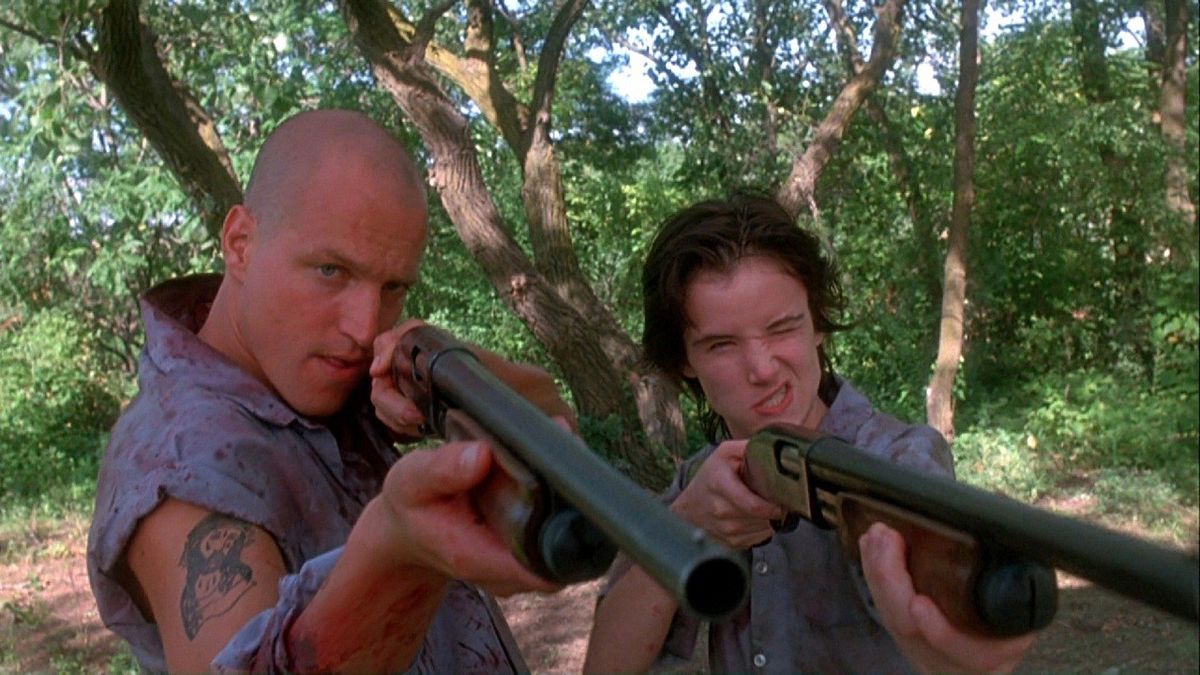
Meanwhile,



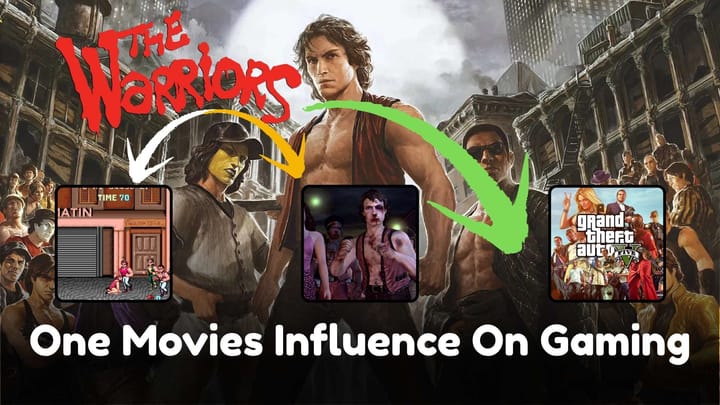
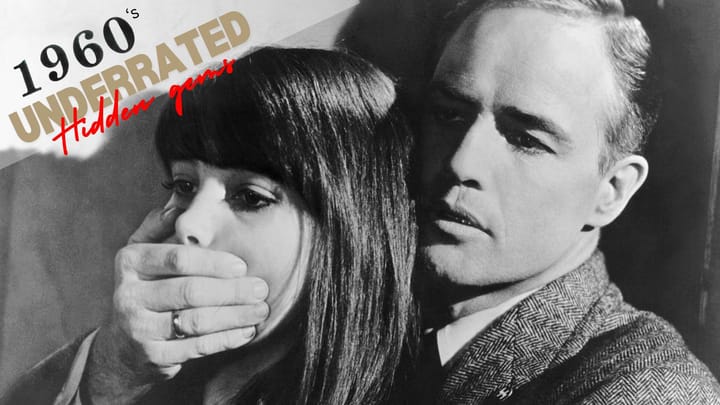
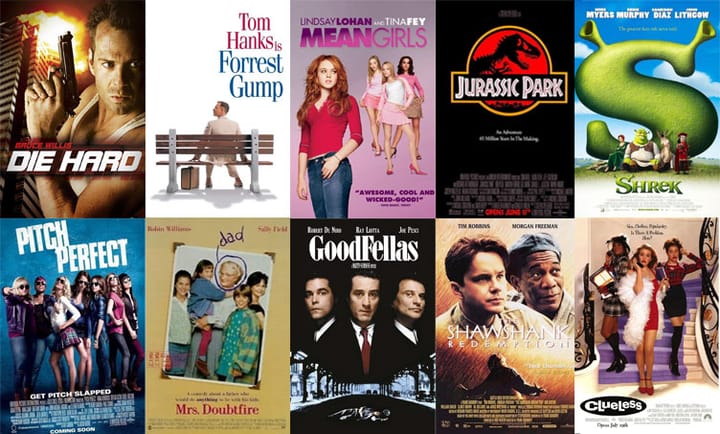
Comments ()